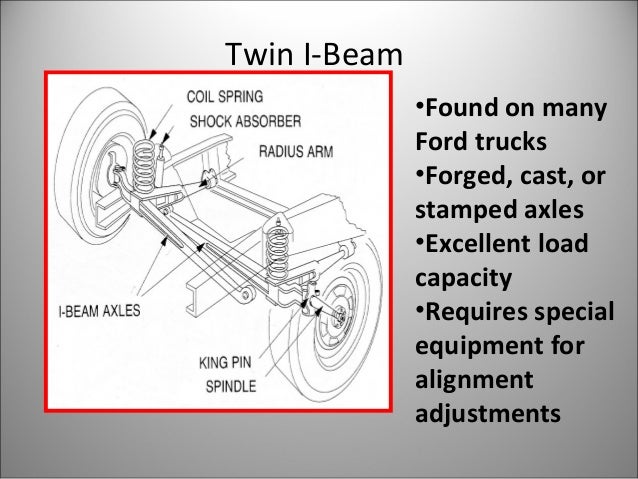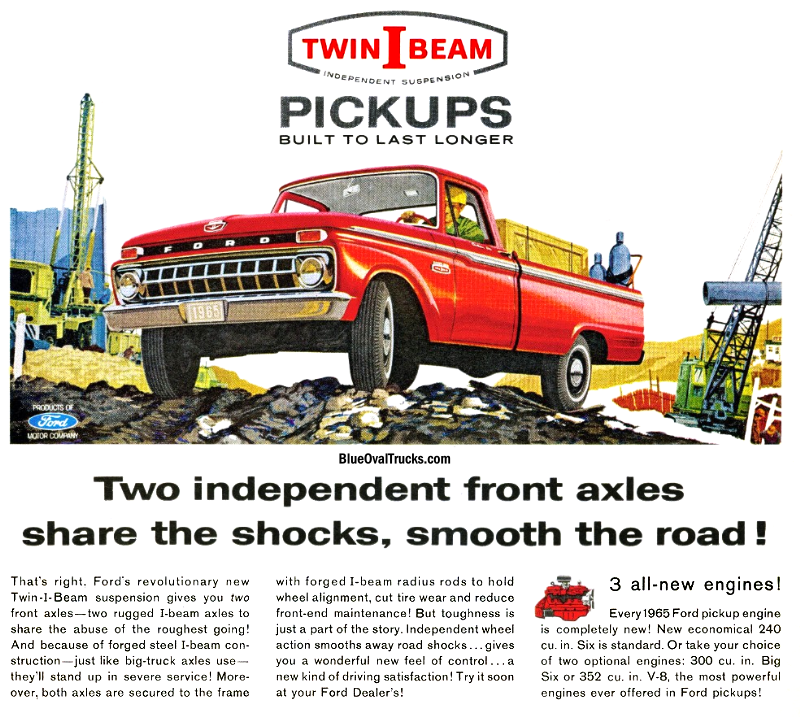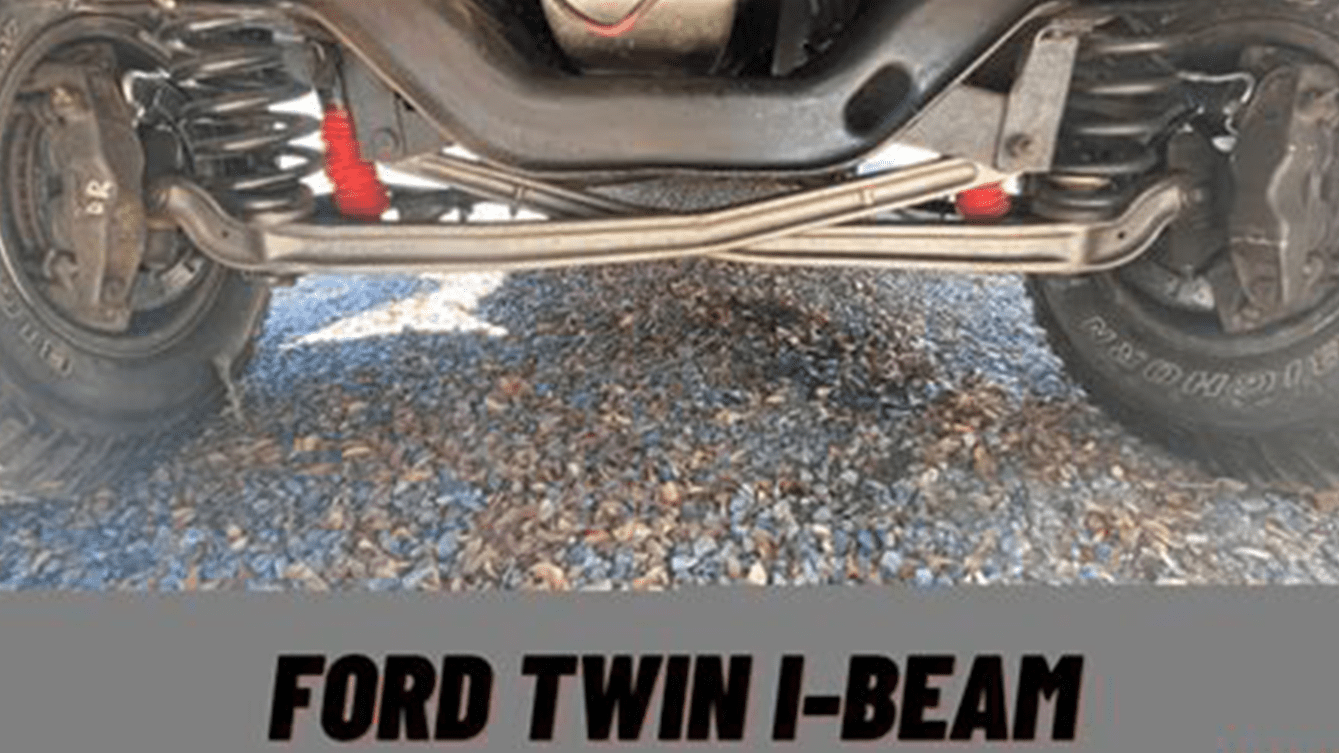The Legacy of the Ford I-Beam Suspension: Pros, Cons, and Its Impact on Ford Vehicles
When it comes to the annals of automotive history, few innovations stand out quite like the Ford I-Beam suspension, also known as the “Twin I-Beam.” Introduced by Ford in 1965, this suspension system has left an indelible mark on the world of trucks and larger vehicles. In this blog, we’ll delve into the pros and cons of the Ford I-Beam suspension, the vehicles it graced, and its enduring influence on Ford’s approach to suspension design.
Pros of the Ford I-Beam Suspension:
Rugged Durability: One of the standout advantages of the Ford I-Beam suspension was its sheer toughness. It was tailor-made for trucks and workhorse vehicles that needed to handle heavy loads and rough terrain. The system’s design distributed the load evenly across the front wheels, providing enhanced stability and durability. This was a game-changer for industries that relied on dependable, robust vehicles.
Smooth Ride: The independent front wheel movement of the I-Beam suspension allowed each wheel to react independently to road irregularities. This translated to a smoother and more comfortable ride for both drivers and passengers. This attribute was particularly significant for trucks used in diverse environments, from city streets to off-road trails.

Cons and Drawbacks of the Ford I-Beam Suspension:
Handling Limitations: Perhaps the most notable drawback of the Ford I-Beam suspension was its handling limitations. While it excelled in stability and load distribution, it struggled with sharp turns and cornering due to its independent front wheel movement. This made it less suitable for vehicles that required precise manoeuvrability.
Evolutionary Necessity: Over time, as the automotive industry evolved and consumer demands changed, the I-Beam suspension began to show its age. Ford recognised the need to improve handling and steering characteristics, leading to the development of more advanced suspension systems like the Twin-Traction Beam (TTB) suspension.
Vehicles Equipped with the Ford I-Beam Suspension:
The Ford I-Beam suspension found its home in various Ford vehicles over the years. Some of the notable models that featured this innovative suspension system include:
Ford F-Series Trucks: The F-Series, especially the iconic Ford F-150 and its larger siblings, made extensive use of the I-Beam suspension. This solidified Ford’s reputation for producing rugged and reliable trucks capable of handling demanding workloads.
Ford Econoline Van: The Ford Econoline van, a staple for many commercial and recreational purposes, also embraced the I-Beam suspension. Its ability to provide a smooth ride while carrying substantial cargo loads made it a preferred choice for many.
Ford Bronco: Even the Ford Bronco, known for its off-road prowess, featured the I-Beam suspension in some of its earlier models. This showcased the suspension’s versatility, as it could handle both urban streets and rugged trails.
The Enduring Legacy and Evolution:
Despite its limitations, the Ford I-Beam suspension played a pivotal role in shaping Ford’s approach to suspension design. Its simplicity and durability set a high standard for workhorse vehicles. Ford’s willingness to refine and optimize the design over the years is a testament to its commitment to innovation.
The I-Beam suspension laid the foundation for subsequent suspension systems, most notably the Twin-Traction Beam (TTB) suspension. This newer design aimed to address the handling limitations of the I-Beam while preserving the benefits of independent front wheel movement. In essence, Ford continued to build upon the successes of the I-Beam suspension, ensuring that their vehicles evolved to meet the changing needs of drivers and diverse vehicle applications.
In conclusion, the Ford I-Beam suspension is a chapter in automotive history that exemplifies both innovation and adaptation. Its pros, cons, and impact on vehicles like the F-Series trucks, Econoline vans, and Bronco models are significant milestones in Ford’s journey. While it had its drawbacks, its legacy endures in the continued pursuit of designing suspension systems that strike a balance between durability, comfort, and handling. The I-Beam suspension, a true automotive icon, will always be remembered for its contributions to the world of trucks and larger vehicles.






